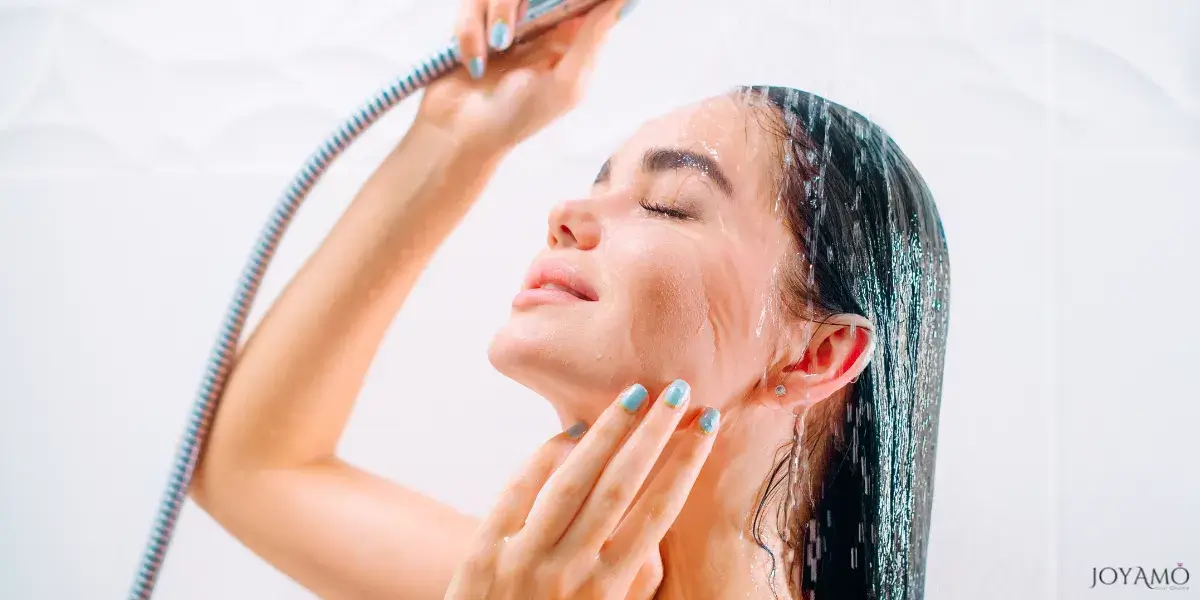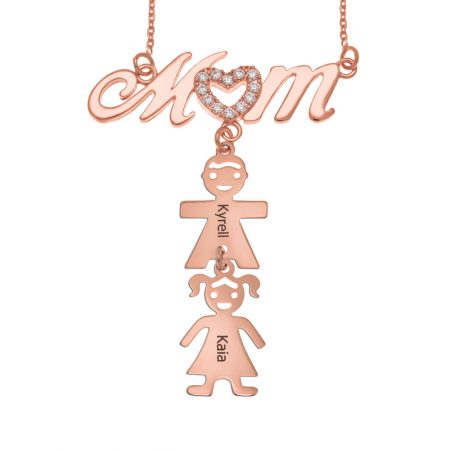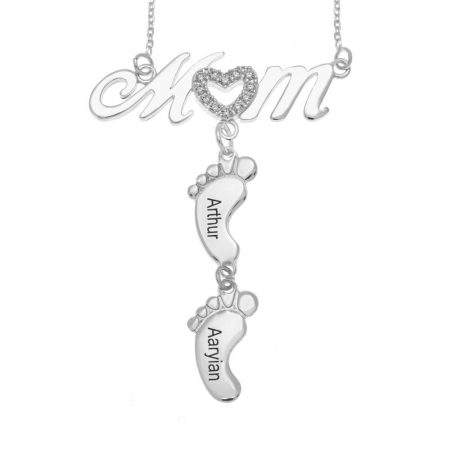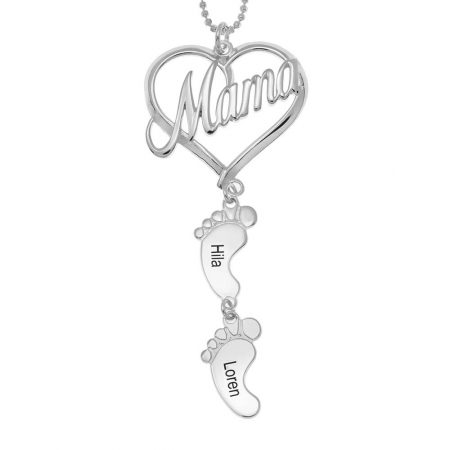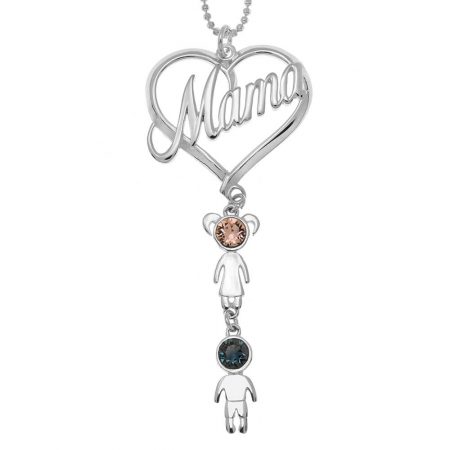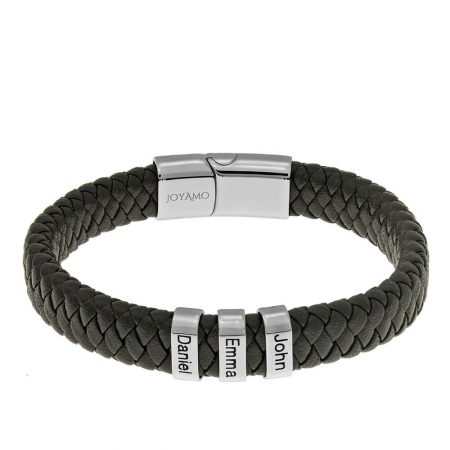Sterling silver jewelry holds a timeless allure, blending elegance with durability.
At its core, sterling silver is a precious metal prized for its lustrous appearance and versatility.
Composed primarily of silver, it contains 92.5% pure silver, hence the hallmark “925” stamped on authentic pieces.
The remaining 7.5% comprises alloys, typically copper, which imbue the metal with strength and resilience.
This alloying process is crucial as pure silver, while exquisitely beautiful, is too soft to withstand the rigors of daily wear.
By blending it with other metals, sterling silver becomes more durable, making it suitable for crafting intricate jewelry pieces that endure the test of time.
The brilliance of sterling silver lies not only in its composition but also in its adaptability.
Its neutral hue complements a wide array of gemstones, enabling artisans and jewelers to create stunning designs ranging from delicate filigree to bold statement pieces.
Furthermore, sterling silver jewelry transcends generations, making it a cherished heirloom passed down through families.
Its enduring appeal and intrinsic value ensure that each piece becomes a cherished keepsake, carrying stories and memories spanning lifetimes.
Whether adorning a wrist with a gleaming bracelet, accentuating a neckline with a shimmering pendant, or gracing fingers with an intricately crafted ring, sterling silver jewelry adds a touch of sophistication to any ensemble.
Sterling silver jewelry captivates with its blend of beauty and resilience.
It strikes the perfect balance between elegance and durability as an alloy comprising 92.5% pure silver and 7.5% alloy.
Its versatility and timelessness make it a perennial favorite among jewelry enthusiasts, offering several possibilities for self-expression and adornment.
| Aspect | Description |
|---|---|
| Composition | 92.5% pure silver (marked as “925” for authenticity) + 7.5% alloy (typically copper) |
| Durability | A cherished heirloom passed down through generations, carrying stories and memories |
| Versatility | Neutral hue complements various gemstones, enabling diverse design possibilities |
| Timelessness | A cherished heirloom passed down through generations, carrying stories and memories |
| Adornment Options | It can be crafted into various jewelry pieces, including bracelets, pendants, rings, and more |

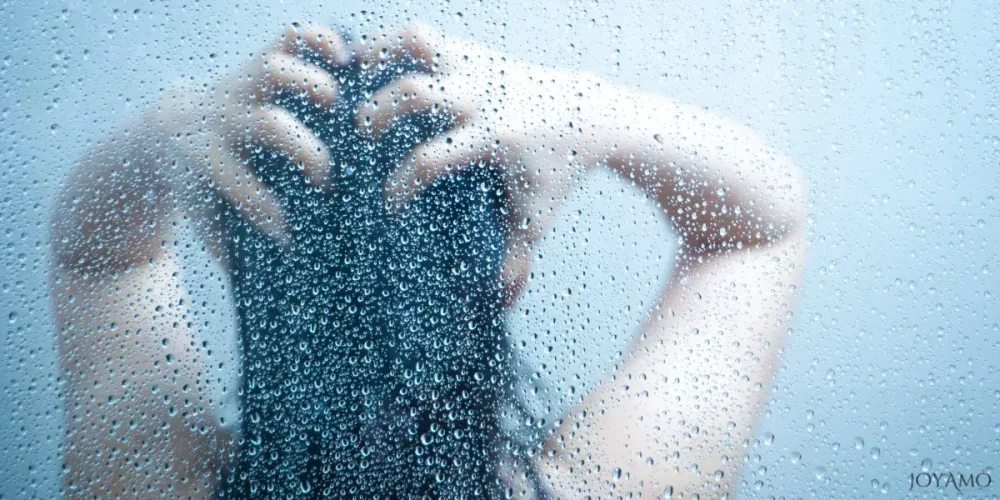
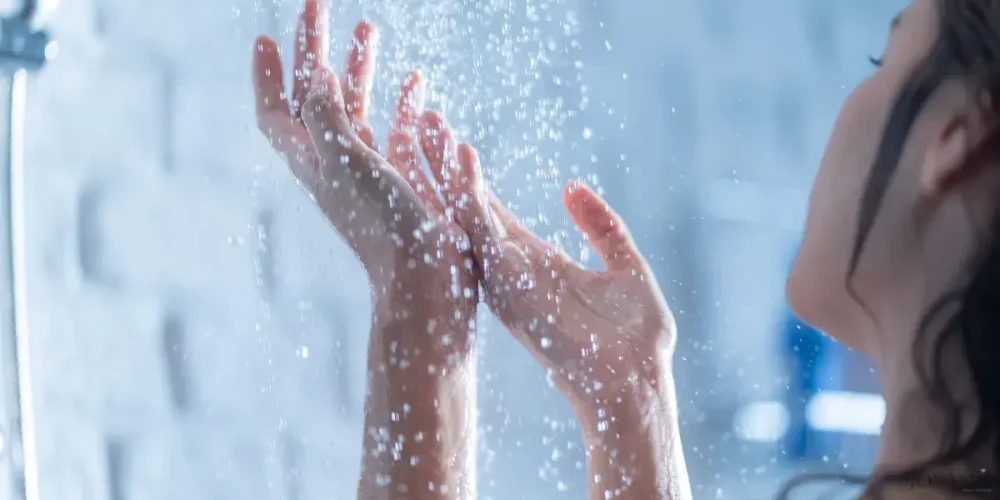
📌 Properties of Sterling Silver
Sterling silver, known for its beauty, possesses characteristics that set it apart from other valuable metals like stainless steel or gold.
Despite its charm, sterling silver is prone to tarnishing and color changes due to its makeup and external influences.
✒ Composition
Sterling silver consists of 92.5% pure silver and 7.5% alloy, typically copper. This specific composition results in the “925” hallmark on sterling silver pieces signifying their authenticity. While pure silver is naturally soft and easily shaped, the addition of copper boosts its strength making it ideal for crafting jewelry items.
✒ Tarnishing
A notable trait of sterling silver is its tendency to tarnish with time. Tarnish occurs when the surface of the silver reacts with sulfur compounds in the air or on skin contact leading to a layer of sulfide. This process leads to an appearance that diminishes the metal’s shine and brilliance.
✒ Discoloration
Besides tarnishing, exposure to chemicals or environmental elements can cause discoloration in silver. Factors such as contact with chlorine (from swimming pools or cleaning agents) sweat, lotions, and cosmetics can hasten the discoloration process resulting in darkening or unsightly spots, on the silver.
✒ Alloy Component
The copper content, an element in sterling silver, significantly influences its characteristics. While copper boosts the strength of the metal, it also makes it more prone to tarnishing and discoloration. The presence of copper raises the chances of reacting with substances causing tarnish and discoloration to the skin.
Sterling silver jewelry continues to be sought after in the jewelry industry for its beauty and enduring allure.
If you properly take care of your sterling silver pieces, you will be able to maintain their brilliance and charm for generations.
| Factor | Effect on Sterling Silver |
|---|---|
| Air Exposure | This leads to tarnishing due to reaction with sulfur compounds |
| Chemical Exposure | Accelerates discoloration, especially with chlorine |
| Perspiration | Can contribute to tarnish and discoloration |
| Lotions/Cosmetics | Chemicals in products can cause darkening or spotting |



📌 Does Sterling Silver Tarnish?
Sterling silver, known for its beauty and classic charm, can tarnish over time due to a reaction with sulfur compounds in the air or on the skin.
Tarnishing results in a layer forming on the silver which diminishes its sparkle and luster.
It’s important to understand why sterling silver tarnishes and what factors can speed up this process to keep your silver looking its best.
✏ Explanation of Tarnishing
Tarnishing happens when silver atoms interact with sulfur atoms creating sulfide—a substance that sticks to the metal surface.
This reaction is usually triggered by exposure to sulfur-containing substances like hydrogen sulfide in the environment, pollutants, or sulfur-based ingredients in cosmetics, lotions, and perfumes.
Additionally, natural oils from the skin and sweat can also contribute to tarnishing when wearing sterling silver jewelry.
✏ Factors Accelerating Tarnishing
- Moisture: Being exposed to moisture from weather, water contact, or sweat can accelerate the tarnishing process. Moisture helps create sulfide by allowing sulfur compounds to react with the surface of the silver.
- Air exposure: The presence of oxygen in the air is also a factor in causing tarnishing. Exposure to oxygen results in the creation of silver oxide which is a precursor to silver sulfide. This process of oxidation contributes to the darkening of the metal surface.
- Chemical Exposure: Certain chemicals and substances can speed up tarnishing by triggering chemical reactions with the silver. Chlorine, commonly found in swimming pools and household cleaning products, is especially known for accelerating tarnishing and causing discoloration.
While tarnishing is a part of owning sterling silver jewelry, taking care and maintenance measures can help reduce its effects.
Storing silver items in sealed containers, avoiding contact with chemicals, and regularly cleaning and polishing the metal can maintain its shine and prolong its lifespan.

📌 Does Sterling Silver Turn Green?
Seeing your skin turn green after wearing sterling silver jewelry might be alarming.
Fret not—it doesn’t mean the jewelry is quality or harmful.
This green tinge occurs due to a chemical interaction between the silver and substances like sweat, lotions, or other chemicals on your skin.
Understanding why sterling silver can lead to skin and debunking any misconceptions about this reaction is crucial for enjoying your sterling silver jewelry worry-free.
✏ Explanation of the Reaction
When sterling silver meets substances with sulfur such as sweat or specific lotions, a chemical reaction takes place. This reaction creates silver sulfide, a compound that sticks to the metal surface. The green tint on your skin comes from the presence of silver sulfide not from the silver itself. This reaction is more likely to happen in environments with high humidity or when wearing jewelry for extended periods.
✏ Clarification
It’s important to note that the green hue isn’t a sign of rust or corrosion because sterling silver doesn’t contain iron. When it comes to comparing rust and the green tarnish on sterling silver there’s a difference in their impact on metal. While rust can be harmful and lead to deterioration the green tarnish on silver is surface level and it doesn’t compromise the jewelry’s integrity or safety. Skin reactions to this tarnish can vary depending on an individual’s body chemistry and environmental factors.
The presence of copper in sterling silver plays a role in skin discoloration. Copper is mixed with silver to enhance its strength and longevity. It can interact with sweat or other substances on the skin forming copper salts that might transfer onto the skin and create a green tint.
✏ Preventive Measures
Although the green discoloration is harmless and washes off easily with soap and water, there are ways to reduce its occurrence. Applying nail polish on the side of sterling silver jewelry acts as a barrier between the metal and the skin lowering the chances of discoloration. Also removing jewelry before activities that involve sweating or exposure to chemicals can help prevent tarnishing.
In summary, while wearing sterling silver jewelry may sometimes result in skin turning green, it’s important to know that this reaction is harmless and short-lived.
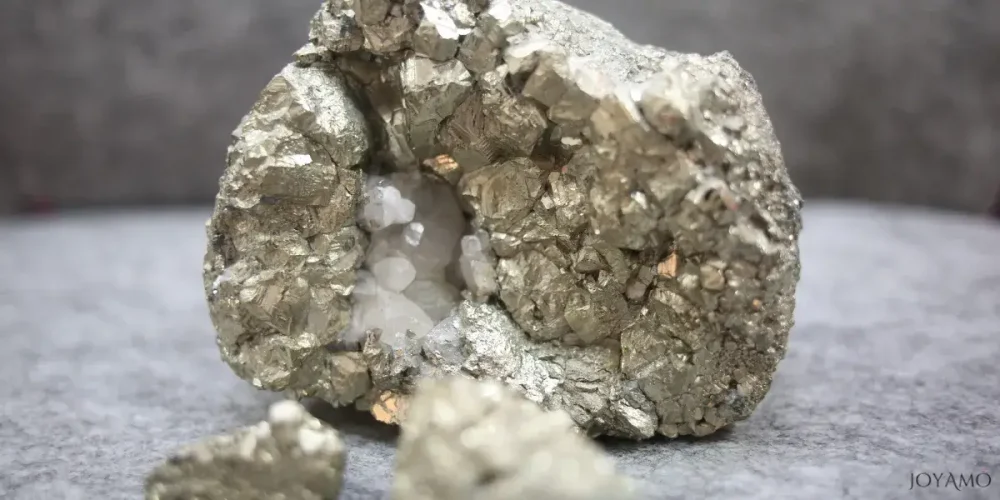
📌 Does Sterling Silver Rust?
People often mistake sterling silver tarnish for rust. It’s important to understand the difference. Tarnishing is a process that affects silver due to reactions with sulfur compounds resulting in a layer on the surface. On the other hand, rusting is a form of corrosion to iron-containing metals like steel caused by reactions with oxygen and water forming iron oxide (rust). While sterling silver doesn’t rust like iron does, it can corrode under conditions in its way.
✏ Difference Between Tarnishing and Rusting
- Tarnishing: This surface phenomenon occurs when silver interacts with sulfur compounds in the air or on skin leading to the formation of sulfide and a dull appearance, without involving iron oxidation.
- Rusting: Unlike tarnishing, rusting is corrosion seen in metals containing iron when they react with oxygen and water to create iron oxide (rust). Corrosion can be more harmful to metal structures than rust, causing them to weaken and deteriorate over time.
✏ Clarification on Sterling Silver Corrosion
Though sterling silver does not rust like iron. it can corrode in situations. Corrosion in sterling silver typically occurs when the metal encounters elements or environments such as foods, chlorine (e.g., in pools), or harsh chemicals. These substances can hasten the deterioration of the metal resulting in pitting, discoloration, or surface harm.
It’s essential to understand that corrosion in sterling silver differs structurally from rusting in iron. Rusting involves iron oxidation while corrosion in sterling silver usually leads to the formation of silver compounds like silver chloride or silver sulfide under conditions.
To sum up, although sterling silver doesn’t rust like iron, it can corrode under certain circumstances. Recognizing the distinctions between tarnishing, corrosion, and rusting is critical for maintaining and caring for sterling silver jewelry properly to maintain its beauty and longevity, over time.
Comparison of Rusting and Tarnishing
| Aspect | Rusting | Tarnishing |
|---|---|---|
| Definition | Corrosion process in metals | Surface discoloration in noble metals |
| Metals Affected | Metals containing iron (e.g., steel) | Noble metals (e.g., silver, gold) |
| Chemical Process | Oxidation of iron in the presence of oxygen and water | Reaction with sulfur compounds in the air or on the skin |
| Resulting Compound | Iron oxide (rust) | Silver sulfide |
| Appearance | Reddish-brown color (rust) | Dark, discolored layer on the surface |
| Destructiveness | Can weaken metal structures, causing deterioration | Superficial and does not affect metal integrity |
| Prevention | Protective coatings, anti-corrosion treatments | Proper storage and maintenance, avoiding exposure to sulfur compounds |
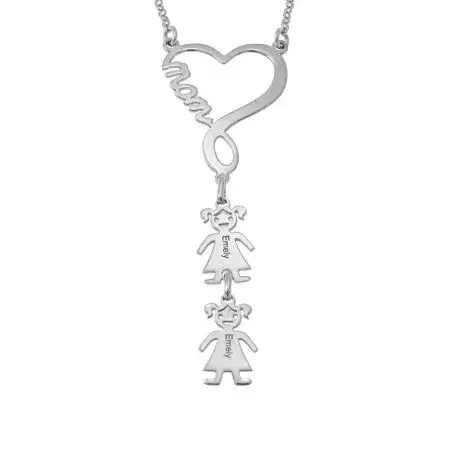
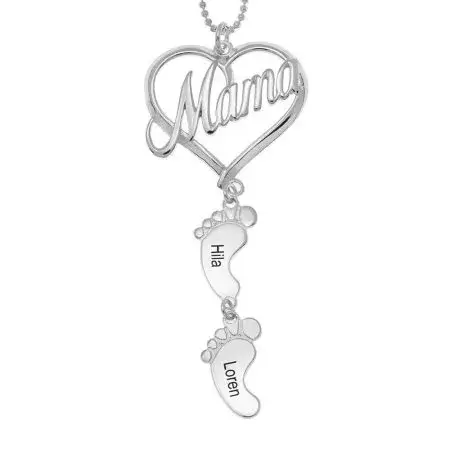
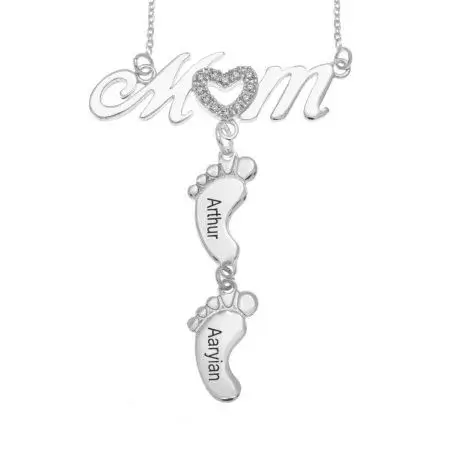
📌Understanding 925 Sterling Silver
925 sterling silver is more than just metal; it’s a representation of the genuineness and excellence that connoisseurs of jewelry seek out.
The presence of the “925” marking on silver pieces indicates their composition revealing that they are crafted from 92.5% silver and 7.5% alloy, usually copper.
This alloy not only boosts the durability and strength of the silver but also makes it ideal for creating timeless and exquisite jewelry items.
The importance of the “925” mark lies in its guarantee of quality and purity.
Authentic sterling silver jewelry goes through testing procedures to ensure it meets industry standards.
By choosing to purchase from trusted sources, consumers can have confidence in knowing they are acquiring sterling silver jewelry that retains its value and allure over time.
Moreover, opting for sterling silver from trusted sources not only ensures quality but also supports ethical and sustainable practices in the jewelry sector.
Respected jewelers like JoyAmo Jewelry prioritize honesty and transparency offering customers peace of mind and assurance in their selections.
Recognizing the significance of the “925” hallmark on silver jewelry emphasizes the value of authenticity and quality assurance.
When people buy from trusted sellers they can appreciate the charm and lasting allure of real sterling silver while also backing ethical and sustainable methods in the jewelry sector.
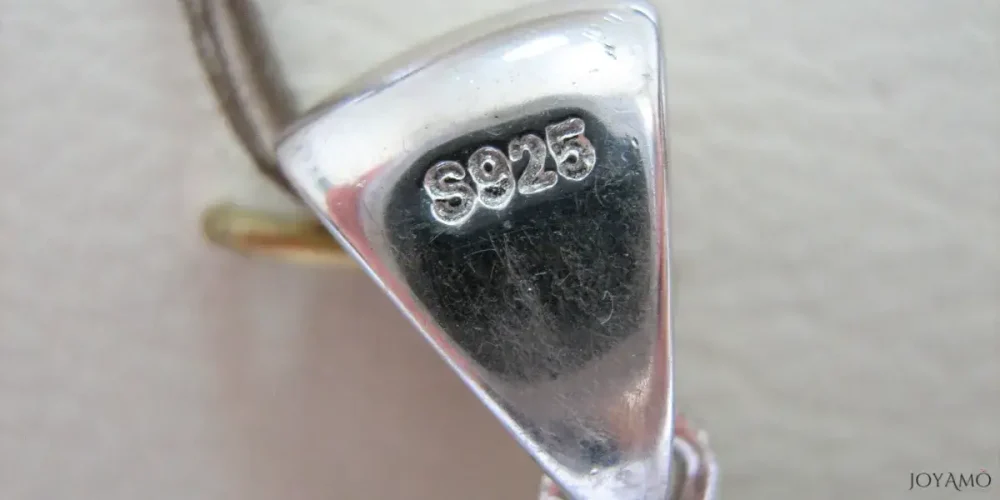
📌 Can You Wear Sterling Silver in the Shower?
The question of whether it’s safe to wear sterling silver jewelry while showering sparks discussions among jewelry lovers.
The answer isn’t straightforward and it depends on several factors.
Although sterling silver is known for its durability and some level of water resistance, prolonged contact with moisture, heat, and chemicals like those found in soaps and shampoos can hasten tarnishing and impact the jewelry’s longevity.
While some people may opt to keep their sterling silver pieces on in the shower without seeing harm, it’s crucial to be aware of the risks involved.
Moisture can seep into gaps in the jewelry settings leading to tarnishing and possible damage over time.
Moreover, skincare product ingredients or strong shower cleaners may react with the metal resulting in color changes or surface corrosion.
For those aiming to maintain their silver jewelry’s quality and look pristine, it’s recommended to take it off before showering or participating in activities that involve prolonged exposure to water or chemicals.
Proper maintenance practices such as cleaning and thorough drying after wear can also help minimize the impact of moisture exposure.
In summary, while some individuals might find wearing sterling silver jewelry while showering manageable, it’s crucial to consider the risks and factors involved.
In the long run, being careful and following maintenance routines can maintain the charm and quality of sterling silver items for many years.
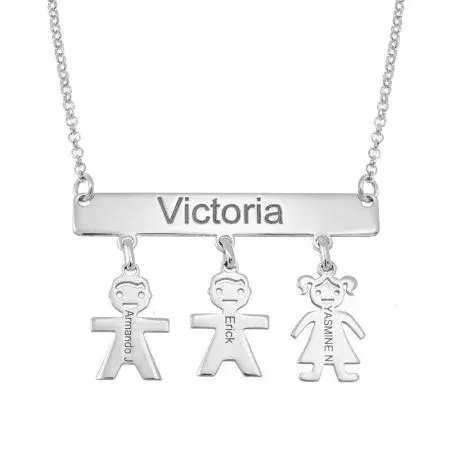
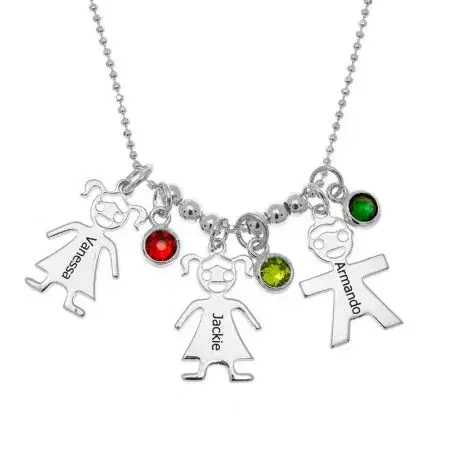
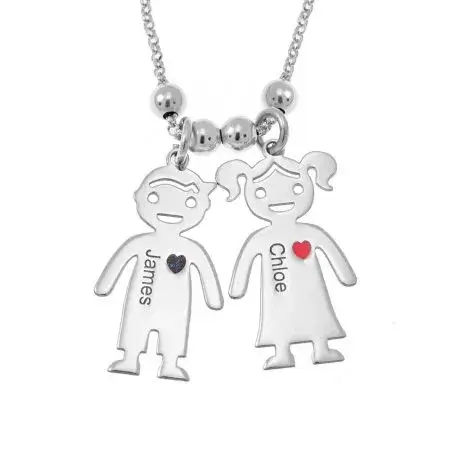
📌Tips for Showering with Sterling Silver Jewelry
Wearing your sterling silver jewelry in the shower can be convenient.
It’s important to take care of your jewelry to maintain its shine and quality in the long run.
Here are some helpful suggestions to keep your jewelry looking its best:
- Limit Exposure to Water: While sterling silver is water-resistant, prolonged exposure to moisture can accelerate tarnishing. Remove your jewelry before entering the shower to reduce the risk of tarnishing and potential damage.
- Avoid Harsh Chemicals: Keep sterling silver jewelry away from harsh shower cleansers, soaps, and shampoos that contain chemicals that can react with the metal. Opt for mild, sulfate-free products to minimize the risk of discoloration or corrosion.
- Dry Thoroughly After Showering: After showering, gently pat your sterling silver jewelry dry with a soft cloth to remove any moisture. Avoid rubbing or scrubbing vigorously, as this can cause scratches or damage to the metal.
- Store Properly: Store your sterling silver jewelry in a dry, cool place away from direct sunlight and moisture when not in use. Consider using anti-tarnish pouches or containers to help prevent tarnishing and oxidation.
- Clean Regularly: Clean your sterling silver jewelry regularly using a mild soap and water solution or a specialized silver cleaner. Gently scrub with a soft-bristled brush to remove dirt and debris, then rinse thoroughly and dry immediately.
If you follow these suggestions you can continue wearing your sterling silver jewelry in the shower without worrying about damaging its appearance or durability.
Just remember to handle it with care and maintain it properly to ensure that your jewelry stays in good condition.

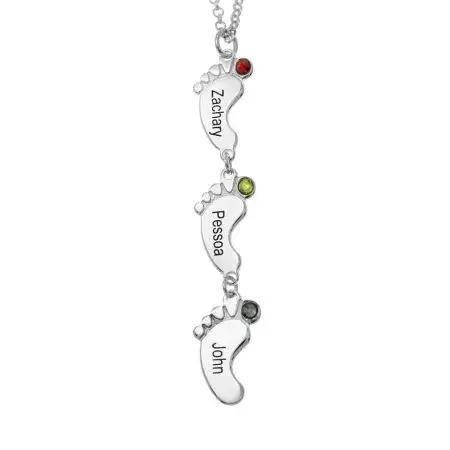

📌 Taking Care of Sterling Silver Jewelry
Taking care of your sterling silver jewelry is crucial to keep it shining and lasting long.
Here are some tips to help you maintain its beauty:
- Proper Storage: Store sterling silver jewelry in a dry, cool place away from sunlight to prevent tarnishing. Consider using anti-tarnish pouches or containers for added protection.
- Regular Cleaning: Clean your jewelry regularly with a mild soap and water solution or specialized silver cleaner. Gently scrub with a soft-bristled brush to remove dirt and oils, then rinse and dry thoroughly.
- Avoid Harsh Chemicals: Keep sterling silver jewelry away from harsh chemicals, including chlorine and household cleaners, which can cause discoloration and damage.
- Polish Occasionally: Use a silver polishing cloth to gently buff away tarnish and restore shine to your jewelry.
If you follow these easy care suggestions you can ensure that your sterling silver pieces stay stunning for years to come.
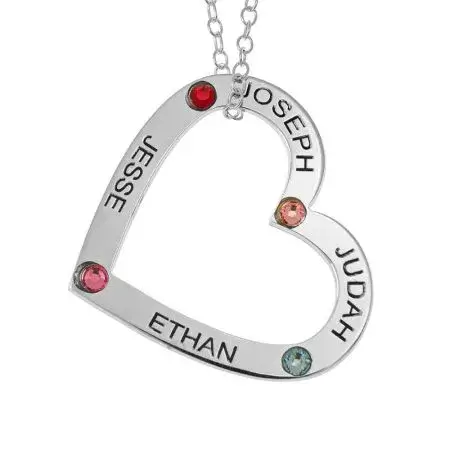
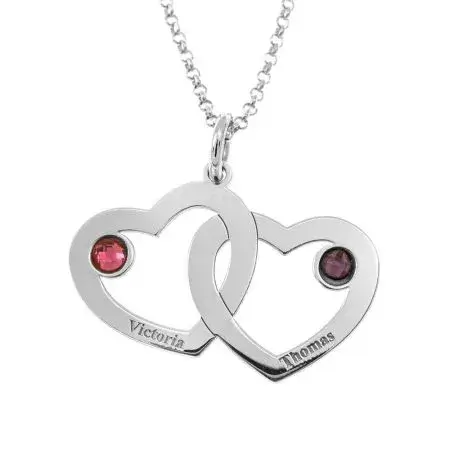
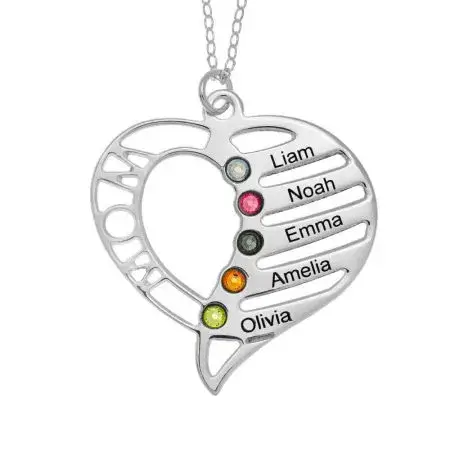
💡 Can You Wear Sterling Silver in the Shower? FAQs
✔ Can you wear sterling silver in the shower everyday?
While sterling silver can withstand water, it’s not advisable to wear it in the shower every day. Continuous exposure to moisture, heat, and chemicals present in soaps and shampoos may speed up the tarnishing process and impact the longevity of your jewelry. To prevent tarnishing and potential damage over time it’s best to take off your sterling silver pieces before showering.
✔ Can you get sterling silver wet?
Yes, you can expose sterling silver jewelry to water; however, it’s crucial to dry it afterward. Water alone won’t harm sterling silver but extended contact with water can cause tarnishing. After getting your sterling silver jewelry wet, gently dry it by patting it with a cloth to remove any moisture and prevent tarnishing.
✔ Can sterling silver be worn everyday?
Yes, you can wear sterling silver jewelry every day with care and maintenance. To maintain its beauty and quality over time, avoid exposing your sterling silver pieces to chemicals, extreme heat, or prolonged moisture as these elements can hasten tarnishing and compromise the metal’s integrity. Taking care of your sterling silver jewelry by cleaning it and storing it properly can help it stay shiny and last for years even with everyday wear.
✔ What jewelry can be worn in the shower?
Although some jewelry such as steel or solid gold can handle being worn in the shower, it’s generally recommended to avoid wearing any jewelry while showering. Exposure to moisture, heat, and chemicals found in soaps and shampoos can harm metals causing them to tarnish, change color, or corrode over time. To preserve the quality of your jewelry for long periods it’s best to take it off before showering and ensure you clean and dry it afterward.
 SHIPPING
SHIPPING
